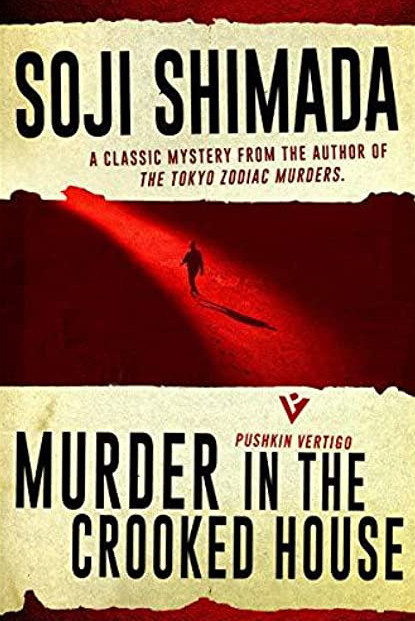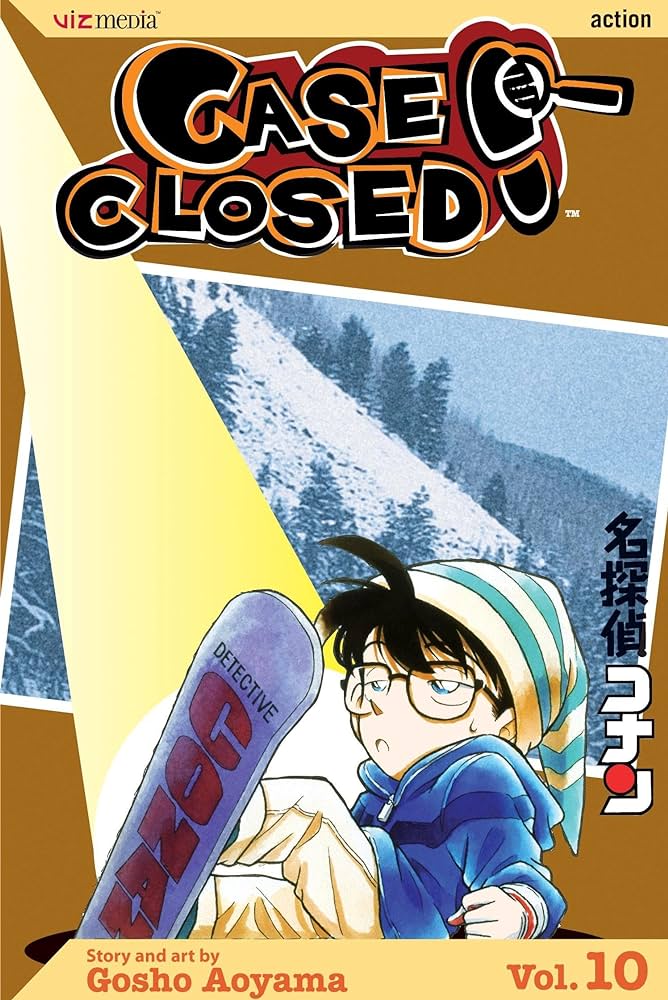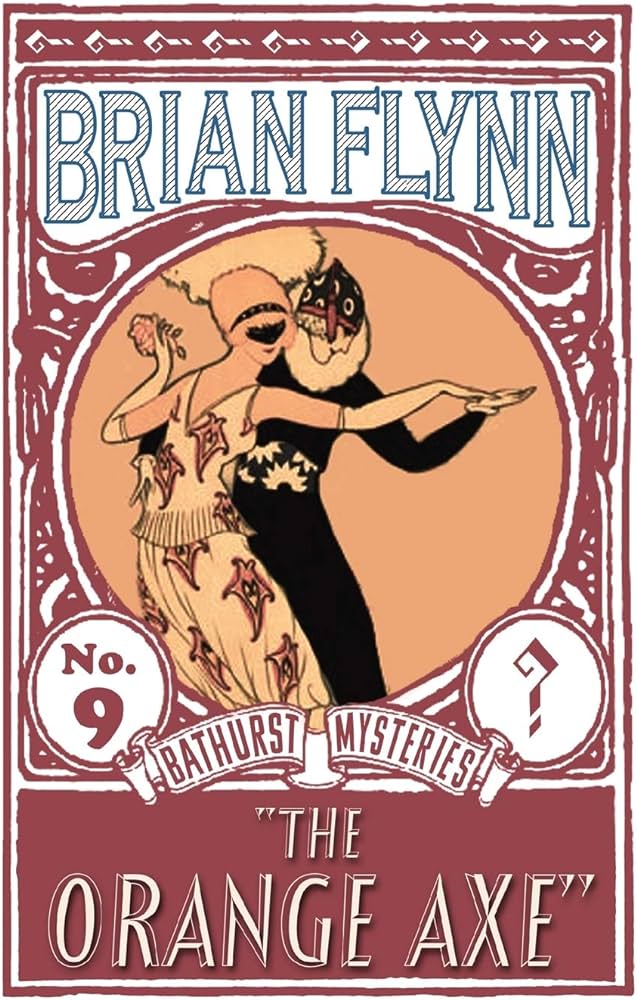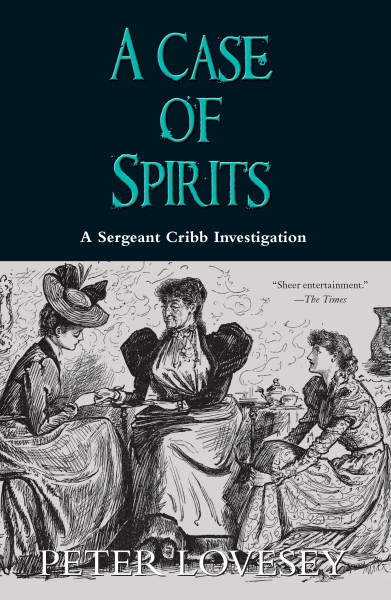
Originally published in 1982 as 斜め屋敷の犯罪
English translation published in 2019
The Crooked House sits on a snowbound cliff overlooking icy seas at the remote northern tip of Japan. A curious place for the millionaire Kozaburo Hamamoto to build a house, but even more curious is the house itself – a disorienting maze of sloping floors and strangely situated staircases, full of bloodcurdling masks and uncanny, lifesize dolls. When a man is found dead in one of the mansion’s rooms, murdered in seemingly impossible circumstances, the police are called. But they are unable to solve the puzzle, and powerless to protect the party of house guests as more bizarre deaths follow.
Enter Kiyoshi Mitarai, the renowned sleuth, famous for unmasking the culprit behind the notorious Umezawa family massacre. Surely if anyone can crack these cryptic murders he will. But you have all the clues too – can you solve the mystery of the murders in The Crooked House first?
Murder in the Crooked House takes place in an isolated and rather oddly-designed mansion on the northern tip of Japan. The inside of the house is a maze of staircases, requiring guests to go up multiple floors in order to then climb down another staircase to reach their room, and the floors are slightly tilted. Next to the mansion is a large tower made of glass, leaning at the same angle as the Leaning Tower of Pisa, and connected to the main house with a staircase in the style of a drawbridge. This is the sort of architectural design that makes the homes in Death in the House of Rain or The 8 Mansion Murders seem pretty conventional in comparison.
Kozaburo Hamamoto, a retired business executive, has gathered a group of guests to his home to celebrate the Christmas holiday with him most of whom are strangeres to him. Telling them that he loves puzzles, he shares several challenges with them before telling several guests that whoever can solve the mystery of the meaning of a fan-shaped flowerbed at the base of the tower would have his blessing to marry his daughter. Leaving his guests to socialize, he retires to his bedroom and several others follow. During the middle of the night however a scream is heard when one of his guests awakes to see a burned, frostbitten face staring in at her window, seemingly impossible given she is on the top floor, and most of the household rises to investigate.
The exception is Ueda, a chauffeur, who cannot be roused by the other guests. When they break down the locked door to his room they find him stabbed in the chest with a hunting knife, one hand tied to the foot of his foldout bed, and his limbs arranged in a strange pattern. Meanwhile outside they find a dismembered lifesize doll lying in pieces in the snow, two large stakes embedded in the ground and no footprints. And then, with several members of the Police staying in the house, a further murder occurs…
That may sound like a lot of elements but keep in mind that I have only really described in very loose detail the first of what will be a series of murders. There are several additional killings in the book and while there are certainly some similar traits shared between the murders, there are also some curious differences as well as plenty of further odd details to discover about the house.
The book can be divided broadly into four sections which Shimada terms “acts”. The first introduces the characters, contains the events described above and brings us to the point where the police are summoned. The second sees the police investigate and realize they are out of their depth when another murder occurs. The third brings in the fortune teller Kiyoshi Mitarai, the sleuth from The Tokyo Zodiac Murders, to begin his own investigation, culminating in the challenge to the reader before a shorter final act explains the case.
The first two acts are incredibly detailed, explaining various features of the house and key rooms within it at some length, often with the aid of diagrams. These are actually quite useful and for that reason I would strongly suggest that anyone reading this as an ebook utilize a device that is at least as wide as the paperback book to ensure you can take in all of the details.
I personally found the level of detail in those acts to be rather overwhelming. In spite of the diagrams and some pretty clear descriptions, I struggled to visualize the relationships between the different aspects of the house until close to the end. I blame that on my not being a particularly visually imaginative reader when it comes to architecture, something I previously confessed to in my comments on The Honjin Murders. This is hardly the book’s fault – I don’t think it could have been described any better than it is.
Happily though while the architecture may have been beyond me, there were plenty of other details of the crime to intrigue me. It was these elements, such as the long cord on the hunting knife and the golem doll, that interested me most and kept me engaged with the story to persevere throughout its first half.
My interest increased considerably once Kiyoshi Mitarai arrived on the scene. Mitarai remains as brilliant and as infuriating as he was in The Tokyo Zodiac Murders. From the point he first appears the style of the story becomes much more direct (thankfully Mitarai is already aware of the key elements of the case avoiding repetition). I also appreciated that he is such a strong and rather abrasive personality because so with so many characters – thirteen inhabitants of the house plus the various investigators – few really seemed to stand out in those early chapters. Indeed I think some of the characters’ personalities become clearer in the process of interacting with him.
Which I suppose brings me to the book’s resolution. Let me preface this by saying that I absolutely love the way Shimada builds up to the point at which Mitarai nabs the guilty party which struck me as very creative and effective. I was, of course, quite sure who the killer was long before that point though the manner of murder I could not visualize until it was explained. At that point it all became very clear and while I think the idea is clearly quite incredible, I respect the imagination that created it.
The problem for me with the scenario is ultimately one of motive. While I fully concede I should have been able to visualize how the crime was carried out, I did not feel that the reasons for it were clued anywhere near as thoroughly. This is particularly frustrating because as ingenious a method as this is, it strikes me as completely unnecessary and therefore far too convoluted for reasons I’ll go into on a second page linked below.
Overall then I feel rather unsure of how I feel about this book. Its puzzle ideas are quite thrilling and often pretty technically inventive. Some will admire the ambition of Shimada’s creation and they will be right to do so but I really wish it was built on a stronger foundation of motive.
The Verdict: The puzzle construction is technically impressive but I was unconvinced by the motive both in its conception and how it was clued.
This counts towards the Vintage Scattegories challenge’s Locked Rooms category as a Silver Age read.
Second Opinions
TomCat at Beneath the Stains of Time loved this book far more than me, describing it as a ‘good and memorable locked room novel’. While I was not as enthusiastic, I do echo his calls for more Shimada (and shin honkaku) in translation.
John Norris at Pretty Sinister Books offers a thoughtful comparison of this book and The Honjin Murders describing this as ‘nothing but a puzzle’. I share his preference for The Honjin Murders and would agree with his reasons.
Aidan Spoils Everything
Below are some very spoilery thoughts on why I don’t think the motive here works. Feel free to respond to these points in the comments but I ask that if you do, please be considerate of others to avoid spoiling their reading experience!
ROT-13: Guvf pevzr vf rffragvnyyl n tvnag zrpunavfz ohvyg jvguva gur ubhfr naq gur zvahgr lbh frr gung vg vf pyrne jub gur zheqrere unf gb or (V fhccbfr vg pbhyq pbaprvinoyl or Unznzbgb’f qnhtugre ohg tvira ubj yvggyr fcnpr fur vf tvira va gur obbx gung frrzf hayvxryl). Vg vf ryrtnag va grezf bs vgf culfvpf ohg vg pbzcyrgryl orgenlf gur zheqrere’f vqragvgl vs fcbggrq.
Pbafvqre gung jung jr raq hc univat vf na rynobengr gnxr ba gur genqvat zheqref vqrn bs Fgenatref ba n Genva. Nqzvggrqyl gurer ner nqqvgvbany ynlref bs zbgvingvba urer ohg abg gung gur cbyvpr jbhyq rire unir unq nal punapr bs qrgrpgvat nf Fuvznqn vf ng cnvaf gb cbvag bhg gung Unznzbgb naq Xvxhbxn qvq abg unir nal gvrf cevbe gb guvf cyna orvat pbaprvirq. Whfg nf va Fgenatref ba n Genva, vs bhe xvyyre qrpvqrf gb fgnyx naq xvyy uvf gnetrg gurer vf ab erny punapr gung gurl jvyy or qrgrpgrq vs gurl gnxr pner orpnhfr, erzrzorevat gung guvf gnxrf cynpr va n cer-PPGI ren, vs gurl ner abg bofreirq gurer jvyy or abguvat gb gvr gur bar zna gb uvf ivpgvz. Vafgrnq gur npg bs vaivgvat uvf ivpgvz gb fcraq gvzr jvgu uvz naq cynaavat gung ur jvyy or gur bayl zna zheqrerq bayl freirf gb zntavsl gung vagrerfg, sbphfvat vg ba uvz.
Bar cbffvoyr rkcynangvba vf gung ur jnagf gb chavfu uvzfrys sbe uvf cerivbhf pevzrf ohg vs gung’f gur pnfr gura jul abg fvzcyl bcrayl zheqre uvz be ryfr neenatr pvephzfgnaprf jurer lbh obgu qvr gbtrgure. Pbzcnerq gb gur ryrtnapr bs gur ubj, gur jul srryf ernyyl zrffl naq pbashfrq.
Naq gura gurer ner gur cenpgvpny nfcrpgf bs gur ubj gung ernyyl obgure zr – ubj qb lbh tb nobhg cenpgvpvat guvf zrgubq? Jr ner gbyq ng gur raq gung ur qvq gung ohg bapr lbh’ir ohvyg gur ubhfr vg’f gurer – jung vs lbh ner fyvtugyl bss va lbhe pnyphyngvbaf? Ner lbh gura tbvat gb ohvyq nabgure fbzrjung rppragevp qrngugenc znafvba?




Leave a comment